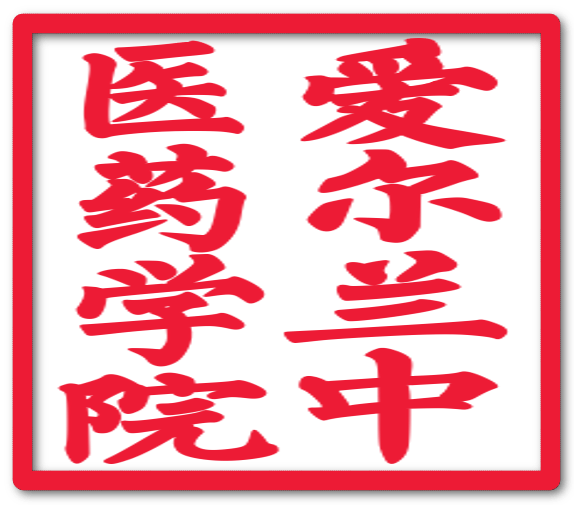Syllabus of the Acupuncture Training
This is the first page of the Lic.TCM Syllabus.

Students studying TCM theory
TCM Theory
- History and Classical sources of Chinese Medicine
- Philosophical foundations of Chinese Medicine
- Yin Yang theory
- Wu Xing theory (Five Phases theory)
- The Five Vital Substances
- Anatomy and physiology of TCM
- Zangfu theory
- Detailed analysis of the functions of each Zangfu
- Jingluo theory
- Location of Acupuncture points – theory and practice
- Causes of disharmony and disease
- Methods of treatment
- Principles of therapeutics
- Acupuncture
- Moxibustion
- Dietary therapy
- Other TCM treatment methods such as Cupping
- Differentiation of Patterns of Disharmony
- Ba Gang theory (the Eight Principles)
- Detailed analysis of the Patterns of Disharmony of each Zangfu
- Diagnostic method – the Four Examinations
- Pulse diagnosis
- Tongue diagnosis
- Principles and priorities of Treatment
- Classification and action of Points
- Acupuncture Point selection
- Needling technique
- Treatment techniques
- Patient management
- Interpersonal and Communication Skills
- Clinical Management
- The treatment of common diseases – Aetiology and Pathology of Disease
- The treatment of common diseases – with reference to Western pathology and Disease differentiation including infectious diseases, pain management, respiratory diseases, Headache, Rheumatism and Arthritis, Digestive diseases, cardio-vascular disorders, skin disease, back pain, emotional and mental disorders, childhood disorders, gynaecological disorders, infertility, urogenital disorders, eating and dietary irregularities, congenital and acquired deficiencies.
- Introduction to Western Pharmacology – drug side effects and withdrawal
- Clinical techniques and procedures – including sterile procedures
- Clinical Management
- The procedures and ethics of Referral
- Professional Ethics and Codes of Practice
- Consultation and liaison procedures.
Go to the next page of the TCM Syllabus – Clinical Training.




